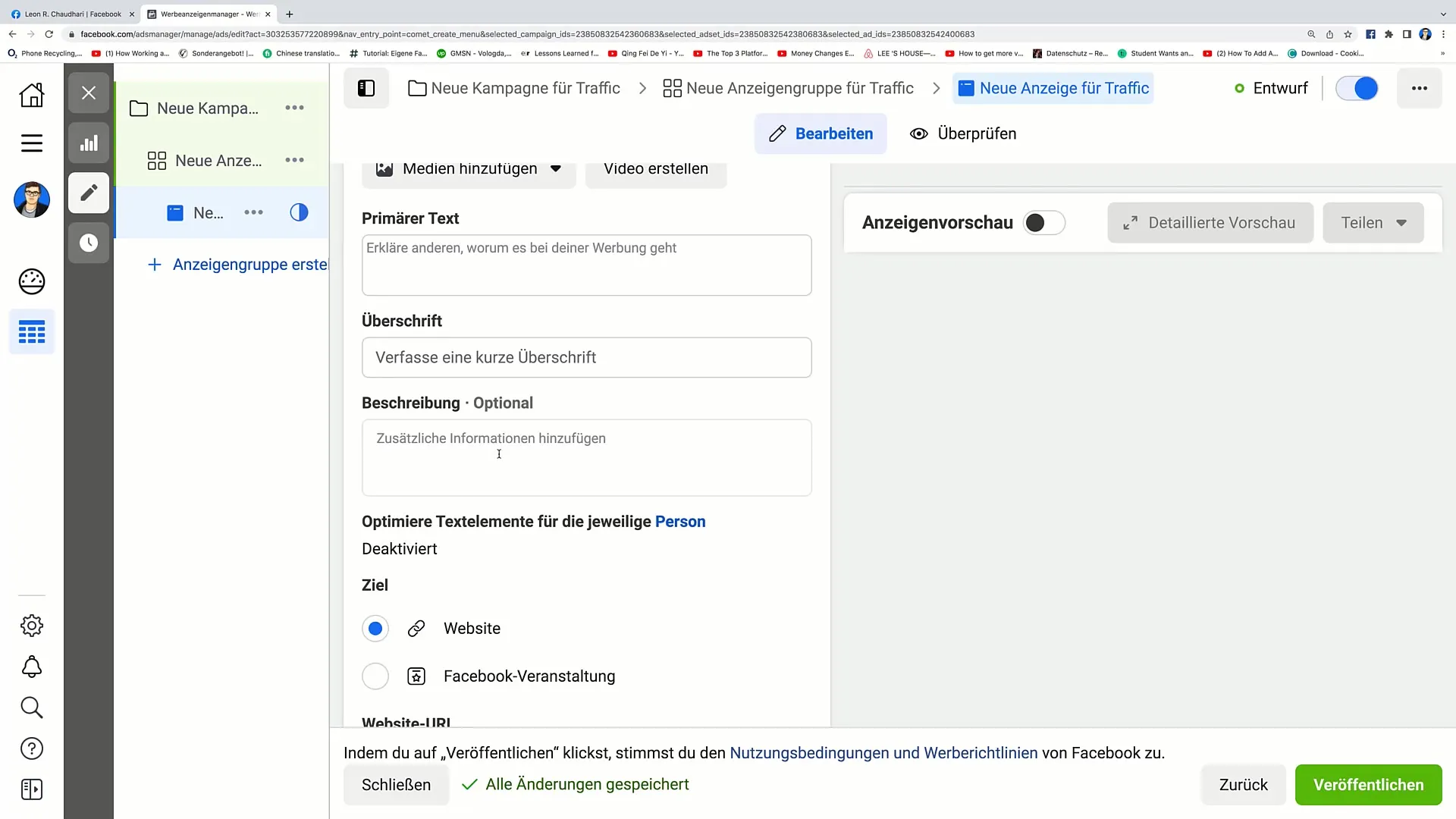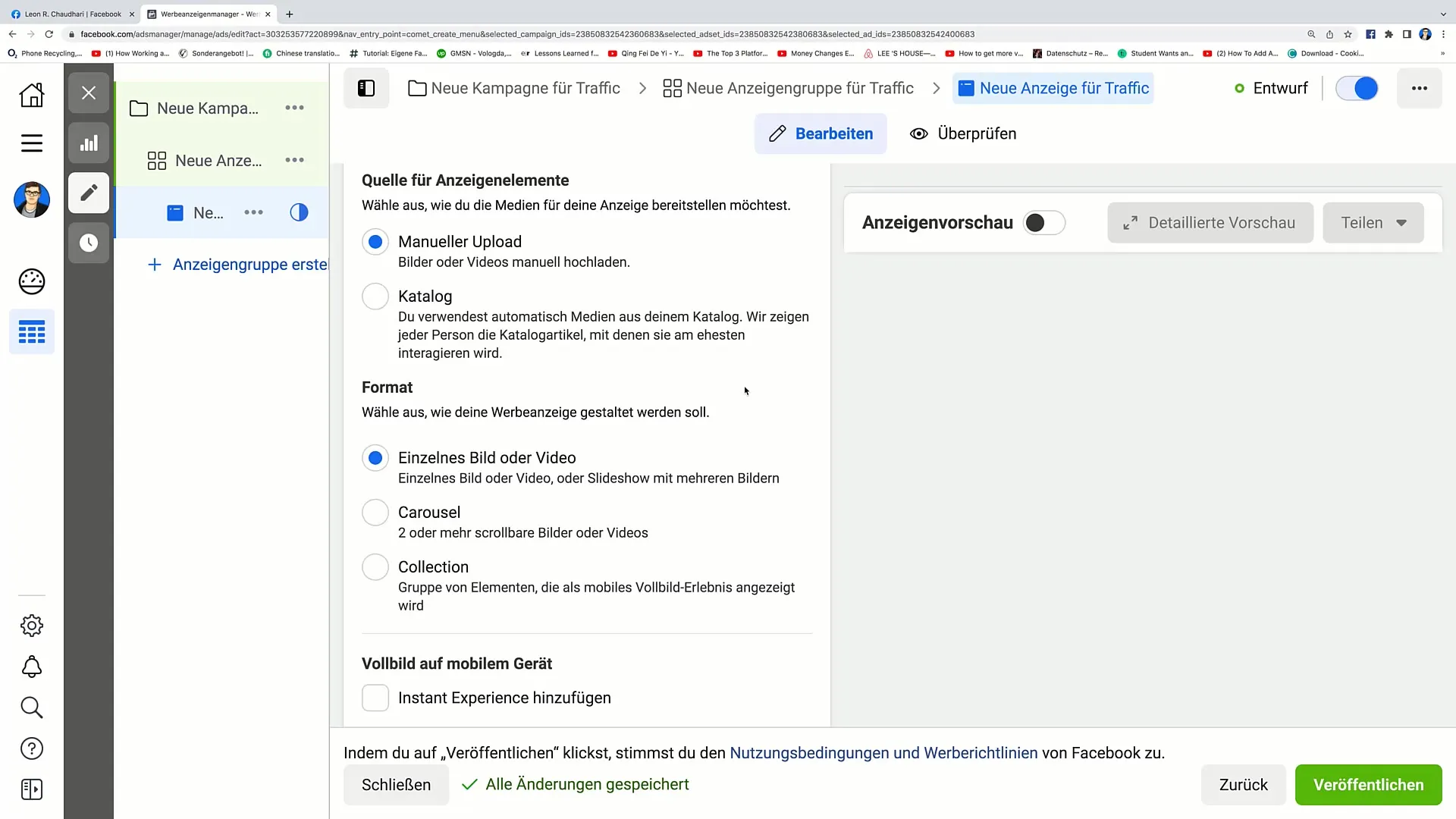This tutorial delves into the topic of SplitTesting in Facebook Marketing in detail. You will learn which variables you can test in your Facebook ads to determine which strategies work best for your target audience. SplitTesting is an important tool to base your marketing decisions on data rather than assumptions. The goal is to maximize the effectiveness of your ads and achieve better results at lower costs.
Key Insights
- You can test various elements of your Facebook ads against each other to determine the best performance.
- Proper split testing requires isolating variables to draw correct conclusions.
- The budget for split tests should be sufficiently sized to obtain valid results.
Step-by-Step Guide to SplitTesting
Step 1: Set Campaign Objective
To conduct an effective split test, you must first define your campaign objective. What type of ad do you want to test? Is it a traffic ad, interaction ad, or conversion ad? If you are unsure, it is advisable to test different types against each other. This allows you to determine which type of ad resonates best with your target audience.

Step 2: Create Ads
Once you have selected your campaign objective, the next step is to create individual ads. Start by creating an initial ad and decide on which single variable you want to change before adding the second ad. This could be the ad text, image, or placement, for example.

Step 3: Budgeting
Another important aspect of a successful split test is budget. Ideally, you should set an equal budget for each ad. If one ad has a budget of 500 € and the other only 100 €, you are likely to gather more data from the better-funded ad, skewing your analysis.

Step 4: Define Target Audience
Defining the target audience is crucial. You can test custom audiences against new target groups. This allows you to compare performance across different target groups. Make sure to test both target groups under comparable conditions to achieve realistic results.

Step 5: Test Locations and Demographic Characteristics
A split test can also include different geographical locations, age groups, and genders. This helps you determine which market or demographic group responds better to your ad. For example, if an ad performs better in Germany than in Switzerland, it can be useful for your future planning.

Step 6: Set Optimization Goals
Optimization goals are also a key factor in the success of your ad. You can aim to maximize landing page views or link clicks. A targeted split test between these goals can help you identify the successful format for future campaigns.

Step 7: Compare Placements
Finally, it is important to test the placements of your ads. You can test different placement strategies, such as Facebook Stories vs. Instagram Stories, to determine which platform is more effective for your marketing goals. Be sure to consider all variables that could affect visibility.

Step 8: Test Ad Formats
The format of your ad can significantly impact performance. Whether image, video, or carousel ad – test different formats to determine which format resonates best with your target audience. Sometimes, the right format can make all the difference.

Step 9: Adjusting Texts and Descriptions
The choice of words in your ad text is also a critical factor. You can split and test the primary text, headline, or description. A/B tests can help you determine which formulations yield the best results.

Step 10: Evaluating the Results
After a defined testing period, it is important to evaluate the results. Analyze which ad (or type of ad) had the best conversion rates and draw your conclusions. Based on the test results, you can optimize your future campaigns.

Summary
In this tutorial, you have learned how to conduct effective split testing in Facebook ads. The key steps include setting campaign objectives, creating ads, budgeting, defining the target audience, testing locations and demographic characteristics, and testing placements and formats. Each of these steps can help you make data-driven decisions and improve the overall effectiveness of your campaigns.
Frequently Asked Questions
What is Split Testing?Split testing is a process where two or more versions of an ad are tested against each other to determine which is most effective.
How many variables can I test simultaneously?It is ideal to only change one variable per split test to obtain clear results.
How long should a split test last?A split test should run at least long enough to collect sufficient data, e.g. 1-2 weeks.
Can I vary the budget for my split tests?It is advisable to use the same budget for all variants to avoid distorting the results.
What are Custom Audiences?Custom Audiences are target groups created based on previous user behavior, e.g. through website visits.


